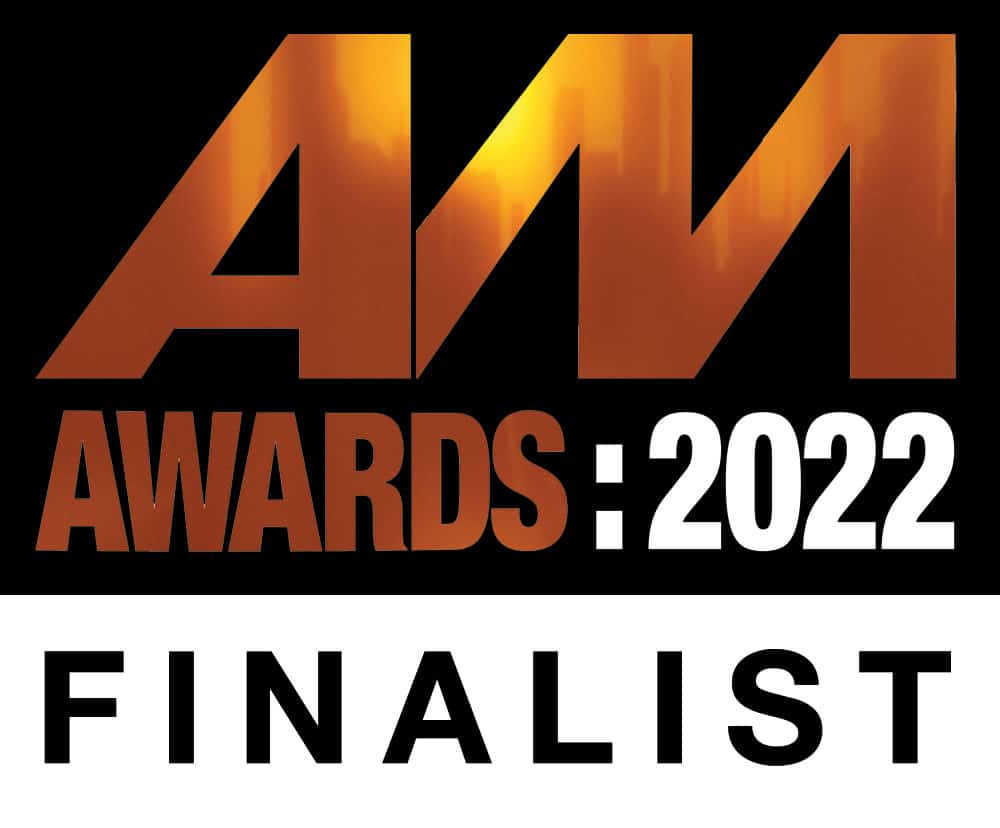Migrating to Loop: From Tender to Set-Up
The structured tender process, which is second nature to the public sector, is also used by the private sector to formally and fairly award contracts. Here at Loop, we’ve participated in multiple open tenders and we’re keen to share some tips on making the exercise as comprehensive as possible for multi-site organisations. Additionally, we help you get a step ahead by providing insight into what goes on in the background following a contract win: “forewarned, forearmed”!
The fundamentals of the tender brief for business performance management software
The fundamentals of the tender brief for business performance management softwareFirst up, the tender process. Following the IFB (Invitation to Bid), RFQ (Request for Quote) or RFP (Request for Proposal), a tender manager will prepare a more detailed document or brief, laying out the terms of the contract/project.
 “Organisations that provide detailed tender briefs receive bids that are 35% higher quality on average compared to vague briefs” (a)
“Organisations that provide detailed tender briefs receive bids that are 35% higher quality on average compared to vague briefs” (a)As this statistic illustrates, taking the time to set out a detailed tender brief is time well spent. But what does ‘higher quality’ mean? A document that sets clear expectations reduces misunderstandings, ensures a fair playing field and speed up efficiencies in the tender process. The result is a more detailed and tailored proposal that resonates with the buyer.
What a 'good' tender brief should include
 Overview: Title and internal reference numbers.
Overview: Title and internal reference numbers.- Objectives & Context: Provide a company summary and locations, details of the hierarchy and how the project impacts the organisation.
- Scope of contract: Set out KPIs for project to lay out expectations of the contract.
Technical / Process Requirements: Describe the level of account management expected during contract. - Evaluation Process / Timescales: Supply key dates of tender process, including the deadline (time and date), anticipated start date, contract duration and any details of extensions. Detail if a scoring system will be used.
- Financials & Budget: Detail invoicing and payment terms, as well as the project budget.
- Credentials / Reference Requirements: Highlight the required accreditations and detail the type of references you’d like to be made available.
- Submission Requirements: Detail the format (file type and size) of the application and how you want it to be submitted (portal,email and/or post). Highlight if you plan to ask suppliers to present their proposal and if this will be done remotely or in person.
- Attachments and T&Cs: Use this section to clarify processes, for example negotiations and agreement process and debriefing for unsuccessful applicants. Appendices can include policies and guidelines, such as the code of conduct, security requirements, trademark guide, procurement guide, confidentiality and subcontracting guidelines.
- Contact Information & Guidance: Explain who the tender manager and how they can be contacted. For fairness and transparency, some tender briefs include a deadline for initial questions, these are then collated and answered, with the information copied to all suppliers.
Get into the detail with real-life scenario
The more detailed and pertinent the brief, the more meaningful and accurate the proposal — no surprises there! While creating a thorough brief can be time-consuming, it helps reduce ambiguity and misunderstandings that could delay the project later on.
At Loop, we have taken part in multiple tenders for automotive brands seeking business performance management software to successfully manage a global retailer network. This experience means we know the type of information needed and we can go above and beyond in our proposal. In the scenario of an automotive OEM, here are some considerations that you should try to surface and include in your brief:
- Clarify which team members will collaborate on data governance, will this be HQ or multiple stakeholders across different locations?
- Do you require the chosen supplier to fully administer the end-to-end process?
- What notifications would you like to automate?
- Do you have any specific requirements for customisation, such as certain terminology?
- What configurable permissions settings do we need to put in place?
- What platform languages do you require and do you need user support in certain languages?
- What level of training is needed?
- What future-proofing should we consider to support your growth plans?
- What data feeds do you currently have and how many KPIs do you anticipate having for each?
- How many Scorecards and Dashboards will be required, as an estimate?
- What do you plan to extract from the platform and what reporting needs do you have?
Once the tender has been awarded, one of the main focuses is data migration and integrating the many data sources into Loop. We’ve learnt from working with many of the largest OEMs that having a clear process to achieve this is a must-have for the project. Here’s what happens next in detail...
What does Loop's 5-step migration of source data look like?
Once the contract is finalised, we aim to create a seamless migration of your data into Loop. The goal is to guarantee that your performance dashboard provides the actionable insights your business needs to succeed. Our Data Playbook is a go-to guide helping you get on top of your data, but below we delve deeper into the specific process we follow before launching your platform.

Step 1: Understanding Client KPIs
We work collaboratively to identify and discuss your essential KPIs for monitoring performance across your network and aligning with your business goals.
Step 2: The KPI Template Matrix
Next up, we’ll work with you to complete a KPI template matrix. This document acts as a guide and the range of fields (including source data, time period, aggregation, benchmarking and RAG status) will ensure all the necessary information is captured and recorded accurately.
Step 3: Dashboard Mock-Ups
There’s nothing like being able to visualise a concept to make sure it meets your needs. The mock-ups help you understand what the user journey looks like, what adjustments might be needed and provide a chance to confirm the right insights are being surfaced. Once feedback has been received, the build can begin.
Step 4: Data Sample Sharing and Validation
To fine-tune the process even further, we ask that you share sample data import files with us. By doing this, we can validate the data structure is as expected, clarify your requirements and carry out a practice migration to spot any potential issues early.
Step 5: End-to-End Testing
Prior to launch, we conduct thorough end-to-end testing. As well as ensuring the data and insights are accurate, this is a crucial time to start programme training with the core team.
Loop’s approach to business is open, collaborative and comprehensive, especially critical when handling complex projects like data migration. Through our-in-depth experience, we know the questions to ask to help build strong foundations and surface actionable insights to drive the behaviour you want across your business. Whether you’re considering an upcoming tender or directly procuring a Business Performance Management solution, we can expertly guide you through this process. As a next step, why not see how Loop can help you, we can organise a demo and discuss your current situation and challenges.
Sources: (a) Scoring Systems When Tendering | Everything you need to know




